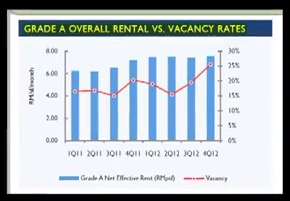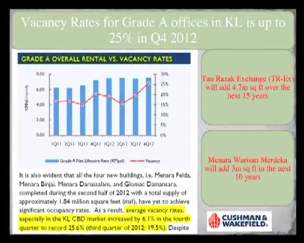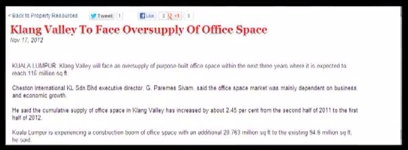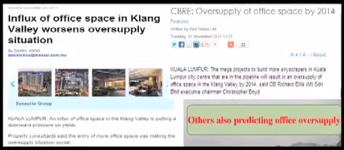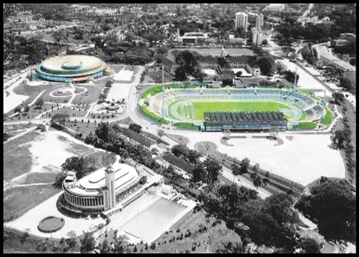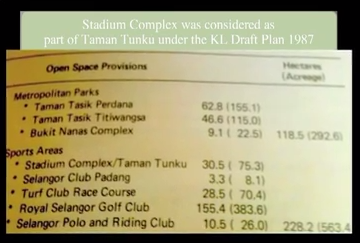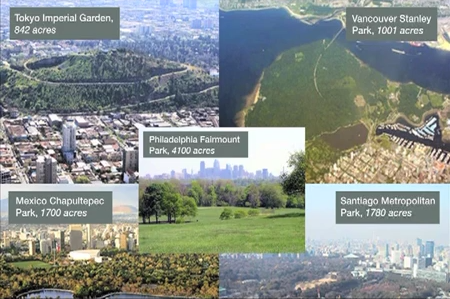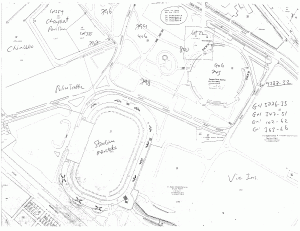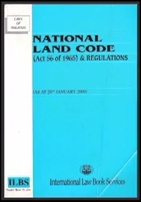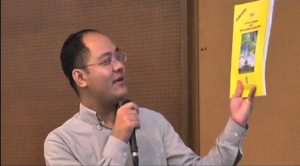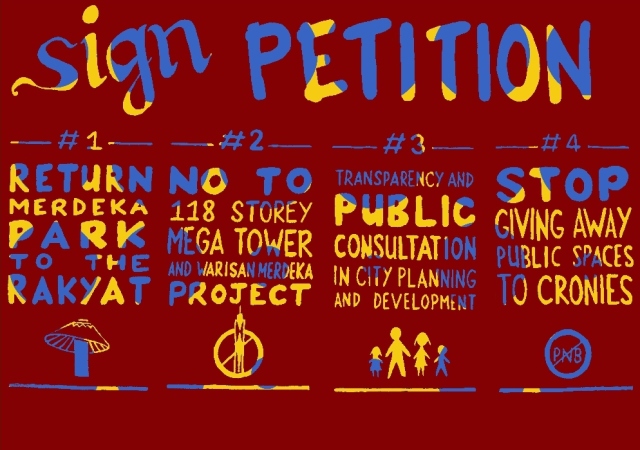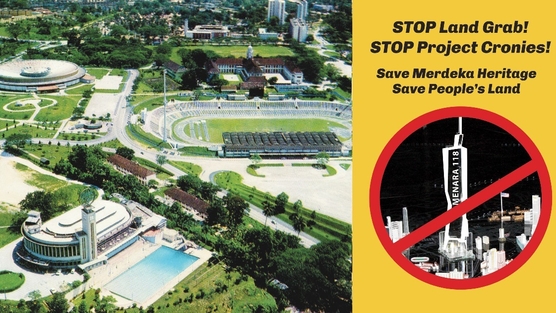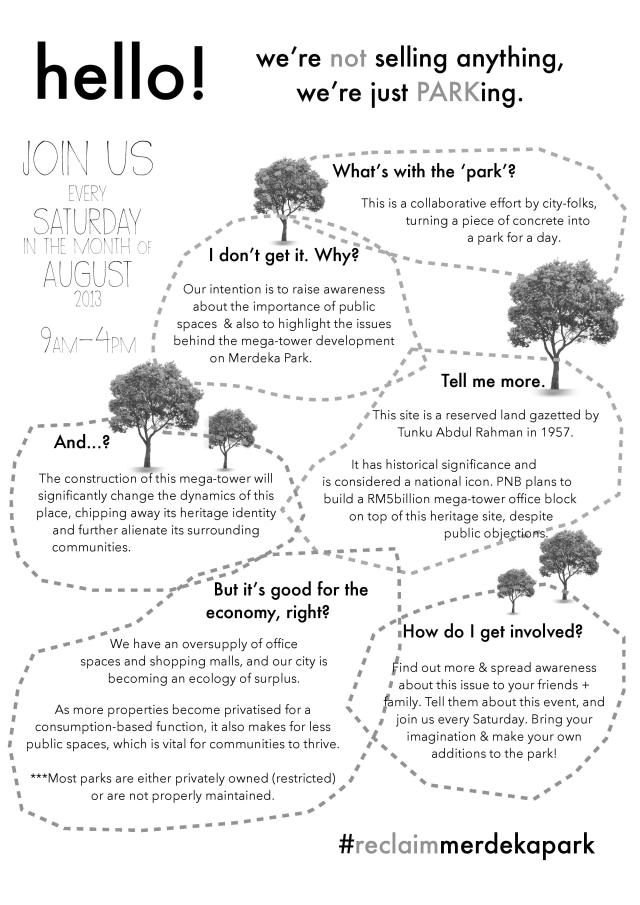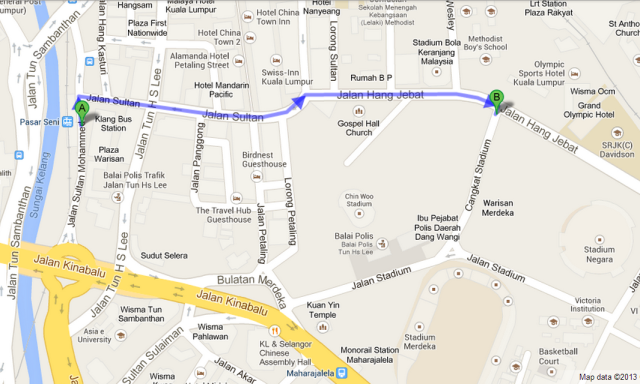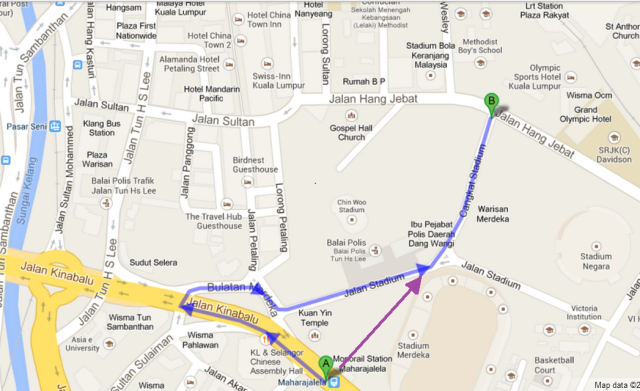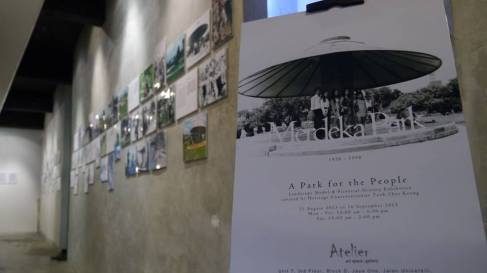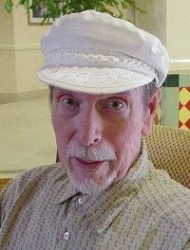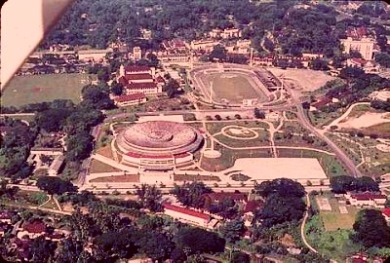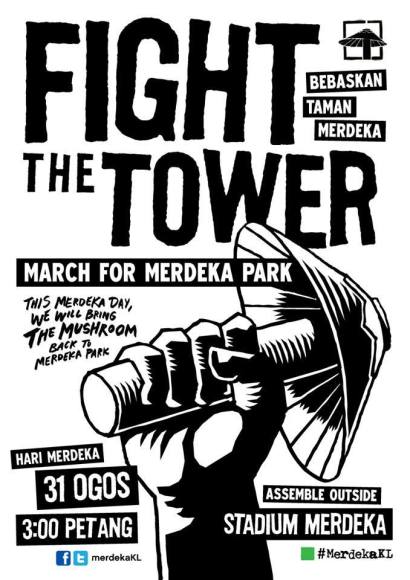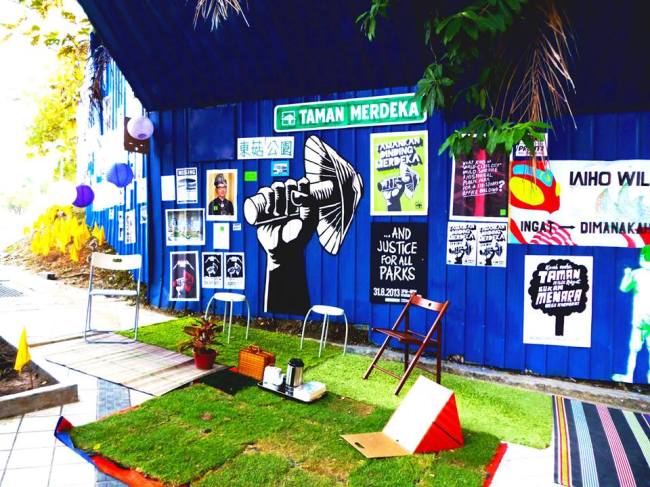On 9 March 2013, PTMN organized a talk – Public Consultation: “Warisan Merdeka, Menara 118-Storey Project & Surrounding Community.
Below is the transcript of the speech by Ong Kian Ming, researcher & former UCSI Lecturer (currently a Member of Parliament for Serdang):
PNB has said, “Look, we need to build this tower because there’s a lack of supply in office space in KL and that this is a commercially viable project that can sustain us in terms of income and also give us good profits”. What has not really been discussed publicly is the fact that there is an over glut of office supply space in KL.
So this is a report by Cushman & Wakefield, you can see that this is the latest quarter, 4th quarter of 2012. You can see a spike in the percentage of unoccupied office space here in KL, up to 25% already.
Not only that, we see two big mega projects coming in. The Tun Razak Exchange, just off Jalan Tun Razak, will add another 4.7 million square feet over the next 15 years. Menara Warisan will add another 3 million square feet in the next 10 years. So you can see, you are adding more space in an already oversupplied market.
All this other reports and newspaper articles have been reported in the last two years: “Klang Valley to Face Oversupply of Office Space”.
So when you add another 4 million square feet in this KL CBD in the form of 118 Tower, how sustainable is it going to be? Is it going to be another white elephant project? After building this whole commercial project, nobody wants to move in and then it becomes something which is underutilised, which could have been put to a much better use in terms of keeping it as public space.
Only those two buildings now are protected and listed as National Heritage Buildings so they cannot be touched, at least now lah you know, cos in Malaysia anything can happen.
We can look to the National Heritage act to try to protect not just these two stadiums but the whole area around the stadium. Because if under article 40 of the National Heritage Act, when you want to apply for planning permission in the place in the heritage site, you also need to make sure that measures have been taken to ensure the safety of the heritage site and the neighbouring land, the land that is around Stadium Merdeka and Stadium Negara. So any approval or any application to want to build buildings around this Stadium Merdeka and Stadium Negara needs to take into account protecting not just the integrity of these two buildings but also the characters of these two buildings.
The Stadium Complex was considered part of Taman Tunku as recent as the KL Draft Plan in 1987. This is before the land was privatised and given to UEM, I think, illegally.
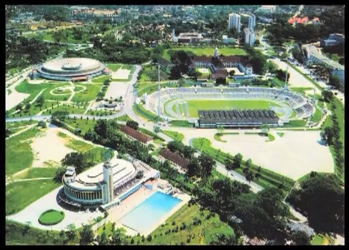
You look at the sports areas, the Stadium Complex and Taman Tunku, they are considered as one area. How can they be separated out, only the two stadiums designated as National Heritage Site and then Taman Tunku privatised and given to PNB to go and develop? There’s clearly something wrong here. Why was it, this was changed?
Vancouver Stanley Park has 1001 acres and it has half a million trees. This is downtown Vancouver, you just walk less than 5 minutes and you reach there already. Mexico City is one of the most congested cities in the whole world with over 20 million people and yet in the middle of Mexico City, they have a park that is 1700 acres. Given the fact that we have all these public parks around the world right in the heart of very, very crowded cities, what we are asking for is actually not a lot.
Stadium Complex and Taman Tunku – we are just asking for 30 acres. It’s only 30 acres compared to the thousand acres, 800 acres, that you can see in other major cities in the world. I think it’s important for us, not just to stop this Menara 118 but to actually restore Taman Tunku and ask the government to give this as a gift to the people, to restore this as the rightful place of the people so that we can enjoy it just like all these other major cities in the world.

